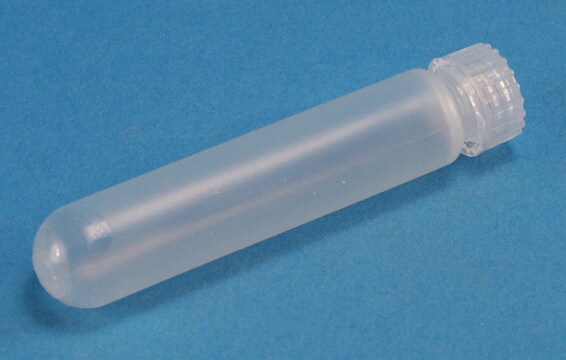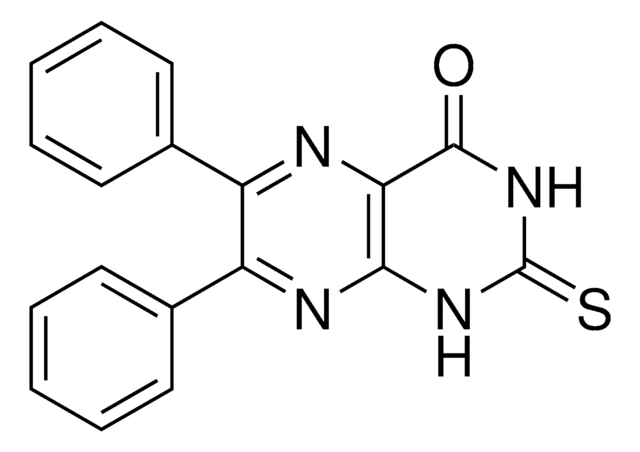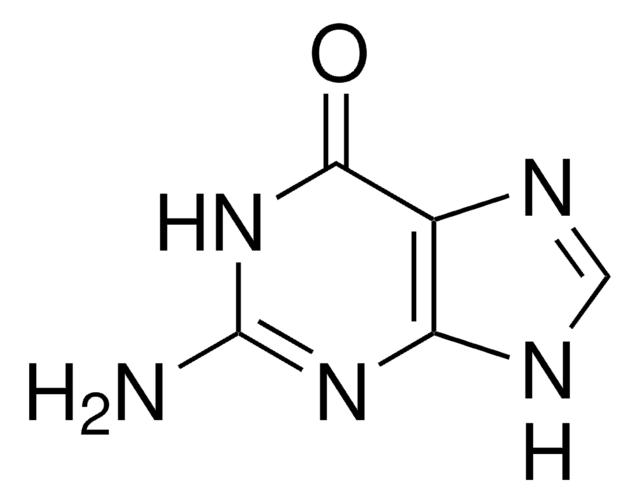B6420
BES
BioXtra, ≥99.0% (titration)
Synonyme(s) :
Acide N,N-bis(2-hydroxyéthyl)-2-aminoéthanesulfonique, N,N-Bis(2-hydroxyéthyl)taurine
About This Item
Produits recommandés
Gamme de produits
BioXtra
Essai
≥99.0% (titration)
Forme
crystalline
Impuretés
≤0.0005% Phosphorus (P)
≤0.1% Insoluble matter
Résidus de calcination
≤0.2%
pH
2.5-5.0 (25 °C, 213.3 g/L)
Plage de pH utile
6.4-7.8
pKa (25 °C)
7.1
Solubilité
H2O: 1 M, clear, colorless
Traces d'anions
chloride (Cl-): ≤0.05%
sulfate (SO42-): ≤0.05%
Traces de cations
Al: ≤0.0005%
Ca: ≤0.0005%
Cu: ≤0.0005%
Fe: ≤0.0005%
K: ≤0.005%
Mg: ≤0.0005%
NH4+: ≤0.05%
Na: ≤0.005%
Pb: ≤0.001%
Zn: ≤0.0005%
Absorption
≤0.080 at 280 in H2O at 1 M
≤0.095 at 260 in H2O at 1 M
Chaîne SMILES
OCCN(CCO)CCS(O)(=O)=O
InChI
1S/C6H15NO5S/c8-4-1-7(2-5-9)3-6-13(10,11)12/h8-9H,1-6H2,(H,10,11,12)
Clé InChI
AJTVSSFTXWNIRG-UHFFFAOYSA-N
Vous recherchez des produits similaires ? Visite Guide de comparaison des produits
Code de la classe de stockage
11 - Combustible Solids
Classe de danger pour l'eau (WGK)
WGK 3
Point d'éclair (°F)
Not applicable
Point d'éclair (°C)
Not applicable
Équipement de protection individuelle
dust mask type N95 (US), Eyeshields, Gloves
Faites votre choix parmi les versions les plus récentes :
Certificats d'analyse (COA)
Vous ne trouvez pas la bonne version ?
Si vous avez besoin d'une version particulière, vous pouvez rechercher un certificat spécifique par le numéro de lot.
Déjà en possession de ce produit ?
Retrouvez la documentation relative aux produits que vous avez récemment achetés dans la Bibliothèque de documents.
Notre équipe de scientifiques dispose d'une expérience dans tous les secteurs de la recherche, notamment en sciences de la vie, science des matériaux, synthèse chimique, chromatographie, analyse et dans de nombreux autres domaines..
Contacter notre Service technique






